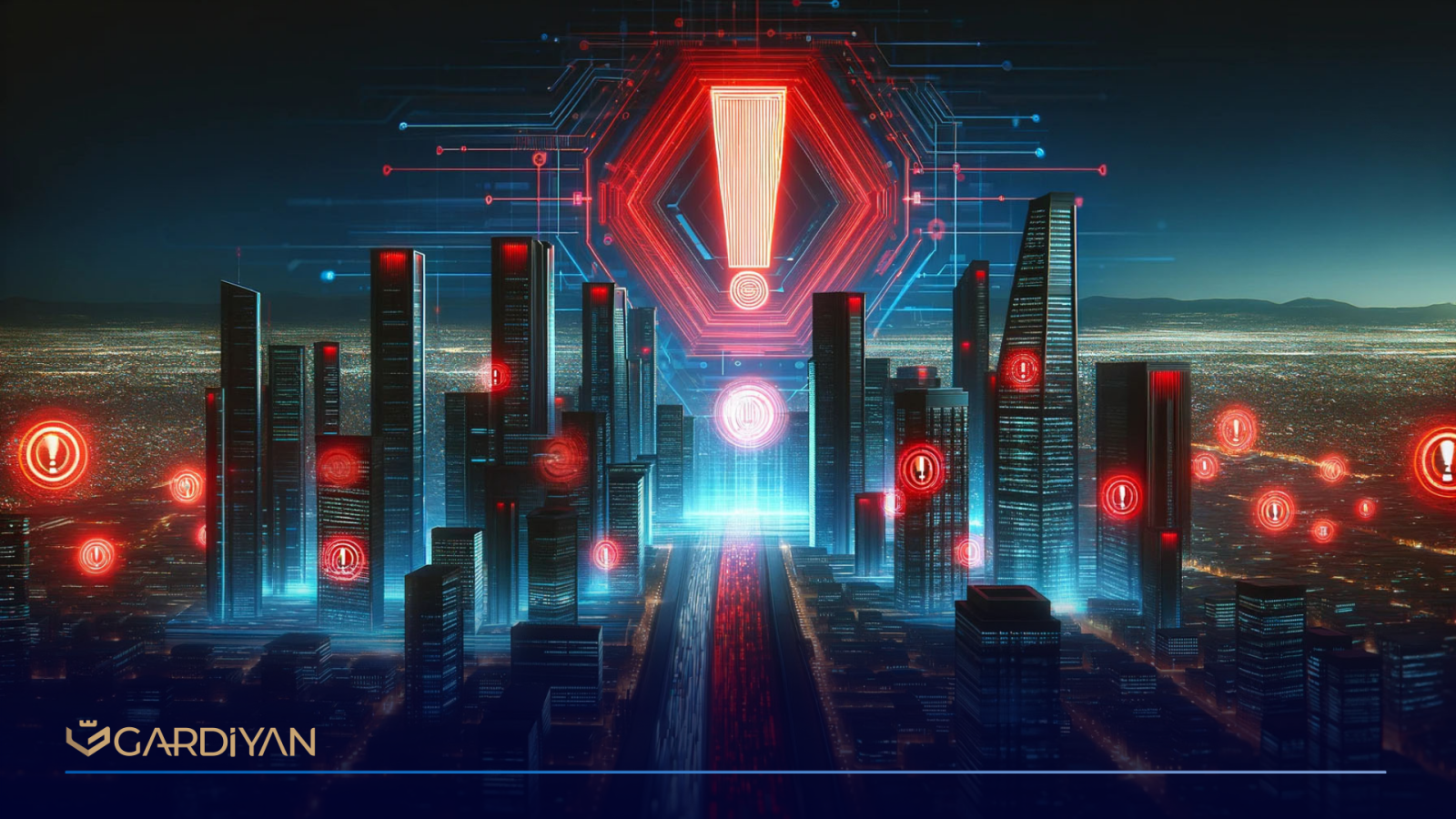Zero Trust-The Modern Standard for Endpoint Security
Published At
13 August 2025
In today’s cybersecurity environment, relying on the outdated belief that everything inside the corporate network is safe is no longer viable. Threats no longer come solely from outside; they can originate from compromised devices, stolen credentials, or malicious insiders. Attackers are more sophisticated than ever, and the traditional network perimeter has faded with the rise of remote work, cloud services, and mobile connectivity. In this new reality, trust must be earned continuously rather than assumed. This is the foundation of the Zero Trust model.
Zero Trust is based on a straightforward yet powerful principle: never trust, always verify. Instead of granting unconditional access to devices, users, or applications simply because they are within the network, Zero Trust requires ongoing verification of identity, assessment of security posture, and validation that access permissions are appropriate. The model operates under the assumption that a breach is always a possibility, and therefore designs systems to limit an attacker’s ability to move freely and cause widespread damage.
Endpoints such as laptops, mobile devices, servers, and IoT equipment remain some of the most targeted points of entry for cyberattacks. In traditional models, once an endpoint connected to the network, it was often treated as inherently trusted. This meant that a single compromised device could open the door to lateral movement across systems and data stores. Zero Trust changes this dynamic entirely. Every endpoint must continually prove it is healthy, secure, and authorized before access is allowed, and if conditions change , for example, if the device shows signs of compromise or falls out of compliance, access can be restricted or revoked immediately.
Gardiyan, our advanced endpoint monitoring and management system, is designed with Zero Trust principles at its core. Each device runs a secure, lightweight agent that maintains an encrypted connection to our management platform. These agents verify their identity before every interaction, enforce compliance by ensuring devices meet security policies, and monitor for unusual behavior that could indicate a threat. If a risk is detected, the system can instantly isolate the device to prevent further spread. This approach ensures that whether an endpoint is in a corporate office, a home network, or halfway across the globe, it is managed and monitored with the same strict security standards.
For our customers, Gardiyan delivers more than just protection, it offers complete visibility and control over endpoints, no matter where they are in the world. Organizations can easily enforce policies, track device health, and respond to incidents in real time from a single, secure interface. Breaches are harder to achieve because there are no “safe zones” where threats can hide, and even if one endpoint is compromised, its access is limited to only what it needs. Compliance with regulatory and industry requirements becomes easier, and security teams can operate with confidence knowing they have the tools to detect and contain incidents before they escalate.
Zero Trust is not just a trend; it represents a fundamental change in how organizations protect their data, systems, and people. By combining Zero Trust architecture with Gardiyan’s real-time endpoint monitoring and management capabilities, our customers gain a security posture that is both proactive and resilient. In Gardiyan, trust is never assumed. It is earned, verified, and enforced, every time, everywhere.



